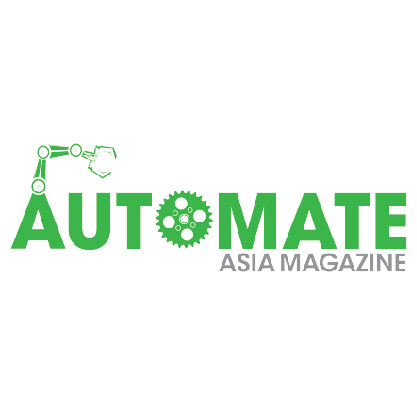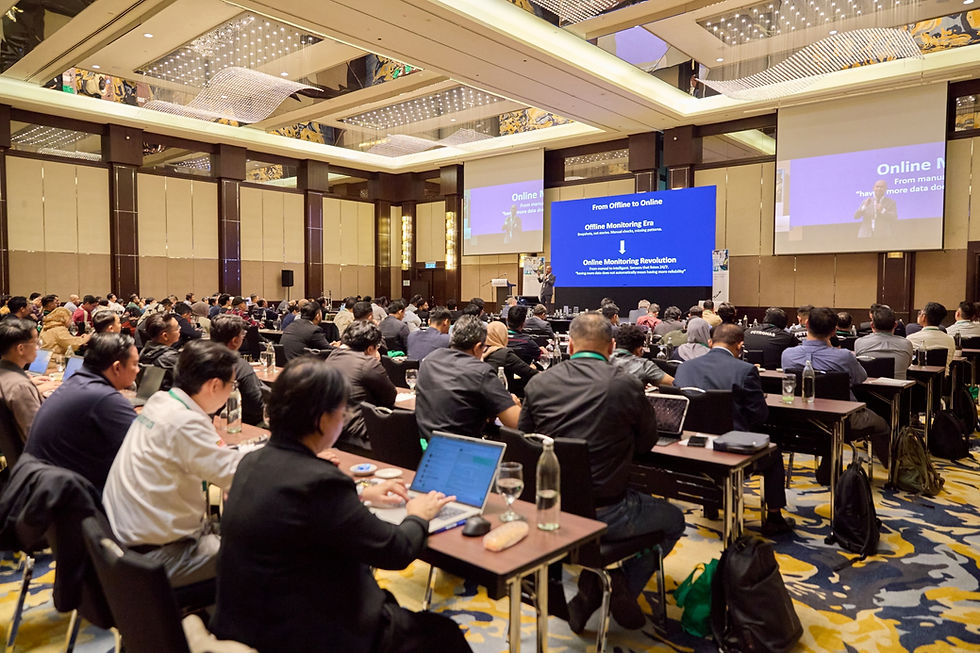COVID-19 Pandemic Prompts More Robot Usage Worldwide
- Automate Asia Magazine

- Oct 14, 2020
- 5 min read
The reactions to the COVID-19 pandemic and its effects on societies and economies around the world cannot be understated. Although scientists have warned of fast-spreading diseases, most governments were underprepared, and companies of all sizes are asking employees to telecommute or are facing shutdowns (and in some cases, spiking demand).
The novel coronavirus has increased interest in robots, drones, and artificial intelligence, even as some testing of autonomous vehicles pauses on public roads. These technologies can help deal with massive staffing shortages in healthcare, manufacturing, and supply chains; the need for “social distancing;” and diagnosis and treatment. We don’t yet know the long-term effects, but here are more examples of how robotics is addressing the challenges posed by the pandemic.
Drones, robots repurposed for disinfection
XAG has scaled up its use of ground robots with aerial drones, converting agricultural units into disinfectant sprayers. The company has deployed more than 2,600 drones in China, which it said is starting to recover.

UVD Robots ApS has been sending more of its disinfection robots to hospitals in China, where the COVID-19 pandemic began. Xenex Corp. said it has deployed its disinfection robots to more than 500 hospitals and is now sending robots to Italy, which has been hit hard by the illness.
MTR Corp., the Hong Kong subway system, is using vaporized hydrogen peroxide (VHP) robots developed with Avalon Biomedical (Management) Ltd. to disinfect rail cars.
“We plan to deploy a total of 20 VHP robots for train cleaning in depots and hope this helps to ensure the comfort of passengers’ journeys by providing ever greater health protection for our colleagues and our customers alike,” said Dr. Tony Lee, operations director at MTR.
Autonomous vehicles have also been pressed into service. Idriverplus, which makes a street-sweeping robot, is also contributing to COVID-19 disinfection efforts.
Healthcare facilities add automation during pandemic
Testing thousands and potentially millions of people for infection, as well as potential vaccines, is a monumental task aided by automated systems.For instance, Hamilton Co. is offering its MagEEx STARlet and PCR Prep STARlet assay-ready workstations. It said it is prioritizing orders for testing products at its manufacturing sites in Reno, Nev., and Bonaduz, Switzerland.
Hong Kong University of Science and Technology is testing a variety of mobile robots for infection control in collaboration with the government and local hospitals. It noted that the current pandemic requires truly global cooperation for innovative responses. Zheng Gange, a professor at Tsinghua University in Beijing, built a mobile manipulator to protect medical personnel in Beijing while attending to patients.
Hooman Somani has also placed a robot arm on a mobile base for its Ambulance Robot or AmbuBot. As with humanoid designs, these robots are less mature than other material-handling systems. Diligent Robotics’ Moxi is more mature, and we have yet to see the full market for robots to aid nurses and doctors.
SRI Biosciences in Menlo Park, Calf., is using robots and AI in developing antiviral agents. Shenzhen, China-based Ubtech Robotics Inc. has modified its service robots to measure people’s temperature. A new field hospital in Wuhan, China, uses a variety of systems, including CloudMinds’ 5G-enabled humanoid robots. In general, social robots are more for delivering information than care.
Alexandra Hospital in Singapore, which just started testing a BeamPro robot, plans to use it to see isolated patients suspected of being infected with the new coronavirus. The European Commission is offering small businesses €164 million ($178.16 million U.S.) in fast-track funding to develop treatment, testing, monitoring, and other technologies to help fight the COVID-19 pandemic.
Robot deliveries help people avoid pandemic
Baidu has partnered with Neolix to deliver food and supplies to Beijing Haidan Hospital with the Apollo autonomous vehicle. Baidu’s AI algorithms are also being used to track the spread of infection. Grocers, pharmacies, and restaurants have limited resources for fast and accurate order fulfillment, so robots are increasingly important in getting goods from warehouses and stores to trucks and customers. JD.com has used Level 4 autonomous vehicles for deliveries in Wuhan.
Drone deliveries of medication aren’t yet commonplace, but companies such as Drone Delivery Canada Corp. (DDC) anticipate that they will be.
“The company is in dialogue with governments at various ministries and levels emphasizing that the current situation is an ideal use case for our proven drone logistics solution to limit person-to-person contact; bring needed medical and pharmaceutical supplies to remote, rural, and suburban communities; transport blood samples to laboratories for testing; and deliver other relevant supplies needed for Canada to effectively manage the current situation,” stated Michael Zahra, president and CEO of DDC.
“With a global pandemic quickly on the rise, government officials will need to act quickly in search of a scalable solution that will help slow down the spread of coronavirus,” said Matthew Sweeny, founder and CEO of Flirtey. “Flirtey is uniquely positioned to provide drone delivery technology for pandemic management, because our technology can be utilized as a scalable, effective and low-risk means to significantly mitigating the virus’s threat.”
In fact, Antwork, a Terra Drone group company, is already transporting medical supplies between a hospital, a disease-control center, and a branch of Xinighang County People’s Hospital. In China and Spain, police are using drones to tell people to stay indoors. In addition, Guangzhou Gosuncn Robot Co. is providing police with patrol robots remotely controlled via 5G to detect people with fevers.
Orbbec, which makes 3D cameras, said its partners have joined efforts to slow COVID-19’s spread and to treat patients. They include delivery robot maker Keenon Robotics Co., disinfection provider EVA Robot, and guide robot supplier OrionStar.
Automation to aid reshoring
For more than 20 years, manufacturers have moved production to countries with lower labor costs. More recently, trade conflicts, political considerations in more developed nations, and now the novel coronavirus are forcing manufacturers and supply chains to turn their attention to automation for increasing efficiency, wrote Pedro Palandrani, a research analyst at asset management firm Global X.
“We expect the multi-decade trend of offshoring to reverse as companies become increasingly concerned about supply chain integrity,” he said. “Disruptive macro events like trade conflicts and global health emergencies bring uncertainty to companies’ operational capabilities and supply chains. As robotics and automation become more capable, cheaper, and easier to implement, it is likely to accelerate reshoring even further as firms realize the benefits of localized manufacturing outweigh the risks of producing goods abroad.”

Telepresence and distance learning in the age of COVID-19
Most telepresence robots were not designed with the coronavirus pandemic in mind, but wider use could help drop their prices. To keep patients from overwhelming hospitals, more physicians could turn to telemedicine, reported PitchBook. Children in New Rochelle, N.Y., and elsewhere have been using the Temi robot.
Zorabots is offering its telepresence robots to Belgian nursing homes, where vulnerable populations are limiting contact with family members in response to COVID-19. Although robotics competitions have been canceled or postponed, robotics can be helpful for telepresence and distance learning.
Dallas-based RoboKind, which makes the Milo humanoid robot, is offering its robots4STEM Avatar Version software for free to students whose elementary and middle schools are closed. The virtual coding class follows computer science standards set by the International Society of Technology.
Even if the pandemic eases soon, it’s likely that healthcare providers, consumers, and businesses will be more comfortable with robots of all kinds and more interested in using them. Federal funding may also help — the White House today invoked the Defense Production Act.
“The IMF has predicted global declines in the next two quarters, but we see the market for robotics picking up again,” Nikhil Kaitwade, senior research manager at Future Market Insights, told The Robot Report
Source: therobotreport.com





-01.jpg)


